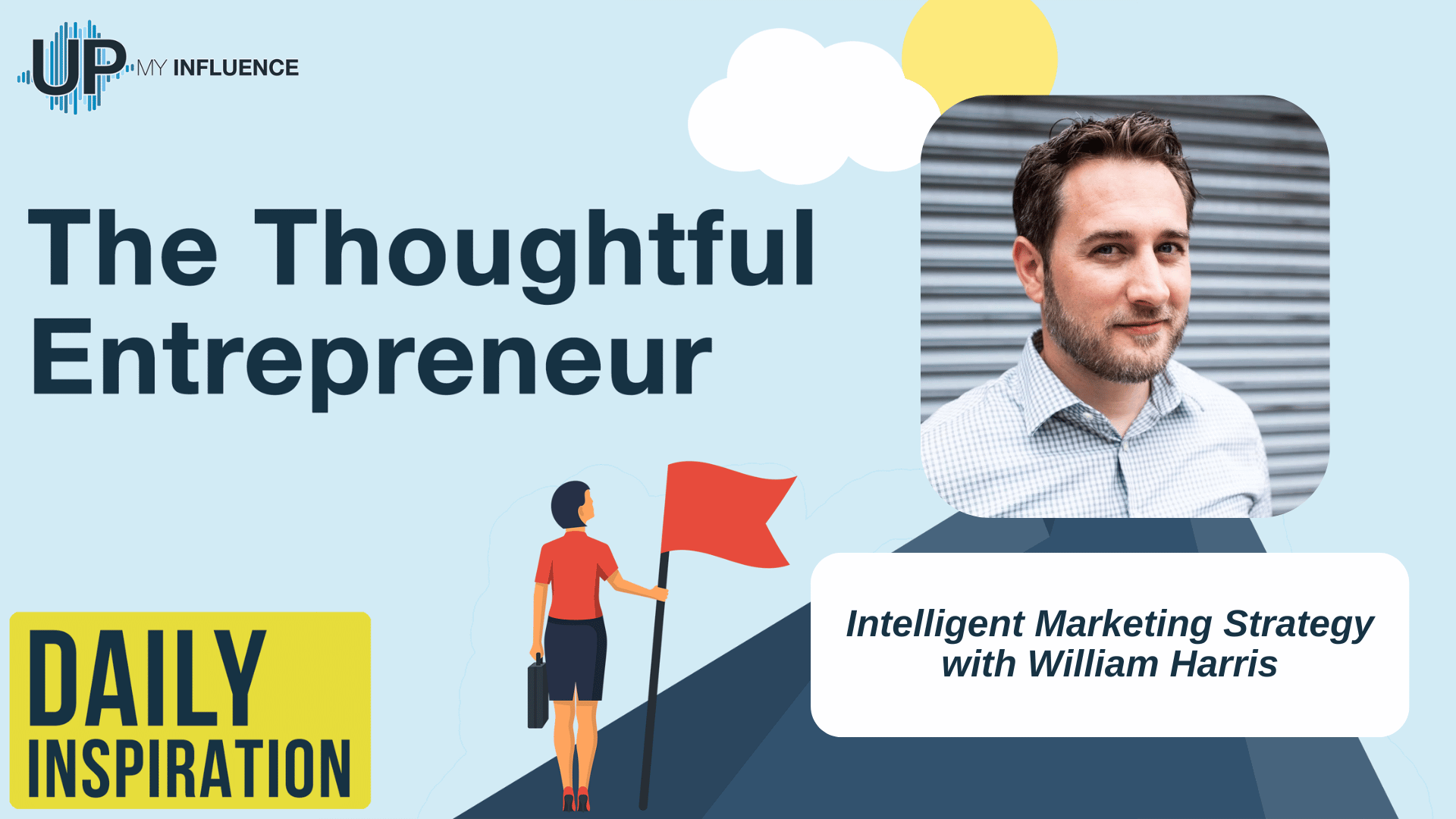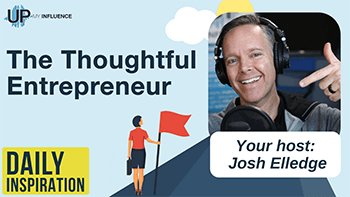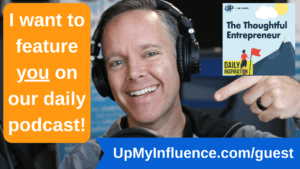THE THOUGHTFUL ENTREPRENEUR PODCAST
In this episode of the Thoughtful Entrepreneur, your host Josh Elledge speaks with theCEO & Founder of Elumynt, LLC, William Harris.

William Harris has highlighted the critical need to shift focus to the bottom line. He pointed out that chasing top-line revenue only sometimes equates to increased profitability and can sometimes have the opposite effect. Element's innovative systems are designed to help businesses optimize their campaigns while closely monitoring EBITDA.
William introduced two vital concepts: aggregate EBITDA and unit-level profitability. By analyzing each product's profit margin and customer acquisition cost, Element guides businesses in making decisions that substantially enhance their bottom line. This strategy is not only logical but also crucial for achieving sustainable growth.
One may question why not all businesses focus on EBITDA if it is so advantageous. The challenge lies in the difficulty of integrating profit data into advertising platforms. Many businesses and media buyers are more comfortable with straightforward top-line metrics, which can be deceptive. William stressed that a profound comprehension of the business, beyond just the industry, is required to master this complexity.
Although unable to divulge specific client information due to confidentiality agreements, William recounted the success of an outdoor apparel brand that revolutionized its advertising approach. By targeting their campaigns on more profitable products, such as their premium coats, the brand saw a marked improvement in profitability.
Key Points from the Episode:
- EBITDA-focused growth optimization for e-commerce
- Prioritizing bottom-line over top-line growth
- Enhancing acquisition or exit potential with EBITDA strategies
- E-commerce challenges and growth via advertising and media buys
- Tactics for EBITDA-centric campaign optimization
- Linking media buying to bottom-line profitability
- Success stories from EBITDA-optimized campaigns
- How EBITDA optimization boosts acquisition or exit attractiveness
- EBITDA focus altering marketing team outcomes and views
- Financial upsides of EBITDA optimization, despite higher costs
About William Harris:
William Harris is a distinguished figure in digital marketing, particularly known for his expertise in accelerating the revenue and user growth of e-commerce and SaaS businesses. As the founder and CEO of Elumynt, an e-commerce marketing agency, and the head of marketing for Sellbrite, a company specializing in multichannel e-commerce growth and management, Harris has a proven track record of success.
William's work has benefited significant brands like Nike, Nickelodeon, and Jack Daniels, demonstrating his capacity to deliver significant results, such as achieving a 5,601% ROAS on Facebook ads and doubling a client's organic search traffic in a month through SEO.
Harris contributed to a B2B SaaS blog's audience growth from 20k to over 100k monthly visitors in less than two years. His insights and strategies are also shared through contributions to top publications like Entrepreneur and Fast Company, and he frequently speaks at major industry events.
About Elumynt, LLC:
Elumynt has established itself as a leading Growth & Marketing Agency, humorously acclaimed as the #1 agency in Minnesota for two consecutive years by the founder's mother. Though shared in jest, this accolade hints at the agency's strong reputation and the high esteem it's held, even among its clients. Specializing in rapid business growth, Elumynt serves a diverse clientele, including venture capital-backed SaaS companies, e-commerce stores, and local small businesses.
Their expertise is not confined to any industry, allowing them to apply their growth strategies across various sectors. The agency's ability to work with a broad range of businesses—from tech startups to traditional brick-and-mortar shops—underscores its versatility and effectiveness in driving significant growth and marketing success for its clients.
Links Mentioned in this Episode:
Want to learn more? Check out Elumynt, LLC website at
Check out Elumynt, LLC on LinkedIn at
https://www.linkedin.com/company/elumynt/
Check out William Harris on LinkedIn at
https://www.linkedin.com/in/wmharris/
Check out William Harris on Instagram at
https://www.instagram.com/wmharris101x
Check out William Harris on Twitter at
https://twitter.com/wmharris101
Check out William Harris on Facebook at
https://www.facebook.com/realwilliamharris
Check out The Up Arrow Podcast at
https://www.youtube.com/@uparrowpodcast
https://podcasts.apple.com/us/podcast/up-arrow-podcast/id1686736096
https://open.spotify.com/show/3VOqxnoXRyNNq1nsvL3P24?si=c0e3d91291ed46c0
More from UpMyInfluence:
We are actively booking guests for our The Thoughtful Entrepreneur. Schedule HERE.
Are you a 6-figure consultant? I’ve got high-level intros for you. Learn more here.
What is your #1 Lead Generation BLOCKER? Take my free quiz here.
Want to learn more about all the podcasts managed by UpMyInfluence? Opt in here.

